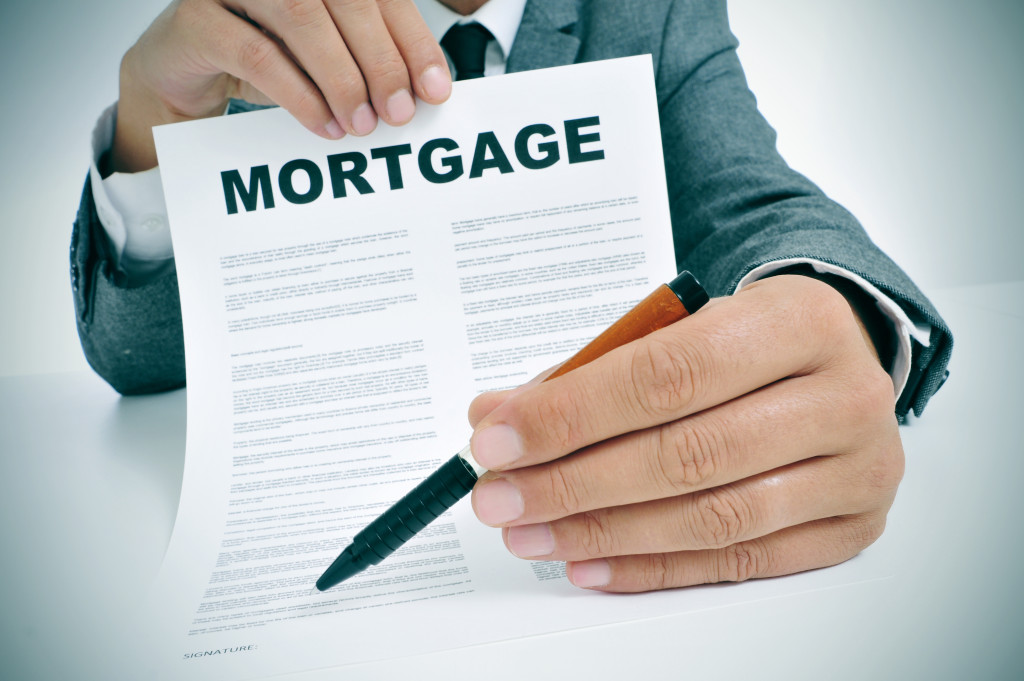Whatever the reason for falling behind on your mortgage payments may be (whether it’s because of unemployment, medical emergency, or something more pressing) the best first step is to face the problem head-on. Don’t ignore those late payment letters, no matter how depressing or shameful they might be unless you want them to become foreclosure notices. Instead, use one or a combination of these strategies to catch up on your payments:
1. Mortgage refinancing
Mortgage refinancing of an existing loan using a new loan to lower the interest rate, converting to a different type of mortgage, accessing a home’s equity to fund something else, or shortening the life of the loan. Hence, if you are facing extreme financial hardship that has no signs of letting up in the foreseeable future, consider finding a refinancing loan that will lower your monthly payments. However, doing this will inevitably lengthen the life of your investment.
2. Reinstatement and forbearance
Reinstatement and forbearance is an option that temporarily suspends or lowers your monthly mortgage payments for a specified period. After the forbearance period ends, you will pay the balance through installments or with a lump sum, depending on your agreement with the lender. Moreover, during this period, your record shows that you are paying on time, so your credit score isn’t affected.
This option is ideal for people who are facing financial hardship temporarily, such as those in-between jobs or those who had to sacrifice the mortgage payments for an unexpected expense. Although you will be lengthening your loan term (and thus will be paying more interest) you won’t be considered as a delinquent payer during this time of crisis.
3. Repayment plan
If you missed a few payments and are now back on track in terms of finances, you can talk to your lender about a repayment plan. If you can’t pay the amount you owe in full, you can ask to have your balance divided into installments, which you can pay on top of your regular monthly mortgage payments.
4. Loan modification

A loan modification is ideal for people who are earning a regular income but are still unable to pay off missed payments. If this is your case, here are several loan modification options that you can discuss with your lender:
- Reamortization. With reamortization, you’re stretching the life of your loan to lower the monthly payments.
- Interest rate decrease. Your lender may agree to reduce your interest rate (which lowers your monthly payments) if you’ve been paying a relatively high interest compared to current rates.
- Variable to fixed interest conversion. You can also ask your lender to convert your interest from variable to set, which is usually cheaper.
- Balance extension. This option allows you to add the arrears to the principal balance instead of paying it right now.
When you start falling behind on mortgage payments (or even before you do so) these are the best steps you can take to avoid further debt and foreclosure. Remember that if you can’t avoid a missed mortgage payment, you can prevent it from spiraling into a bigger problem for you and your family.
